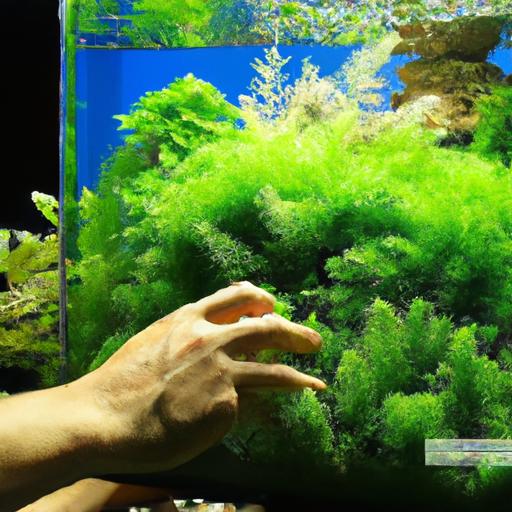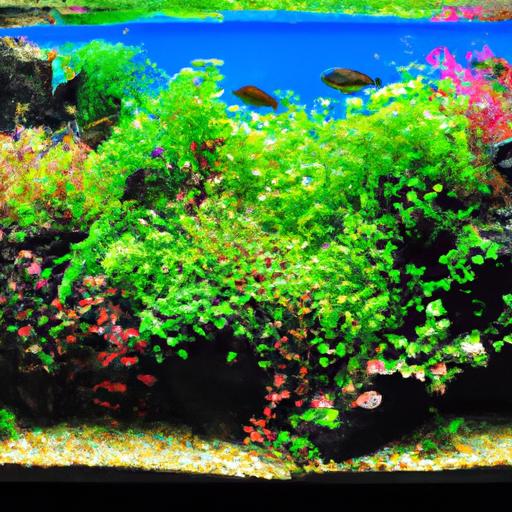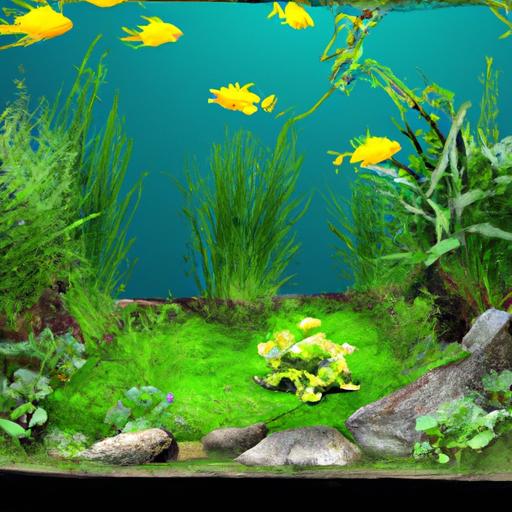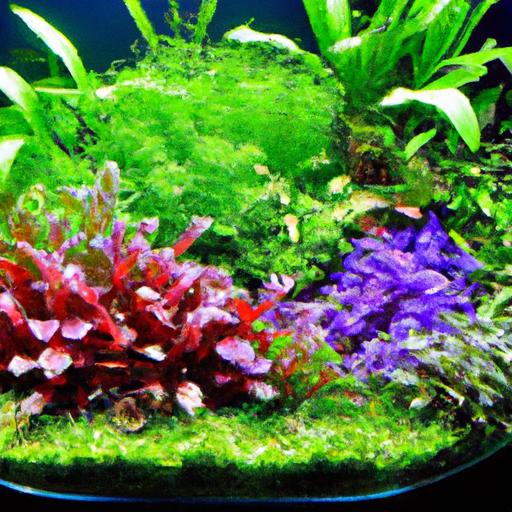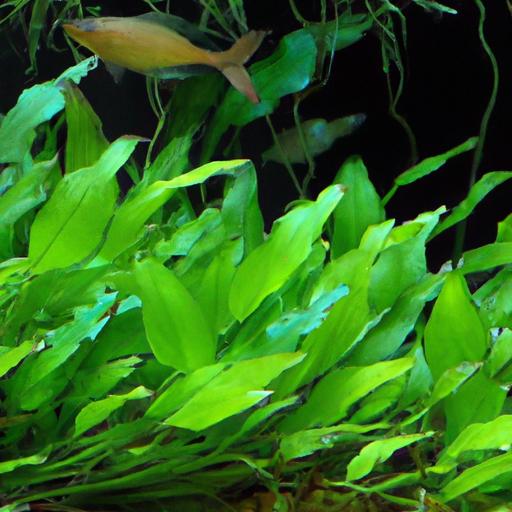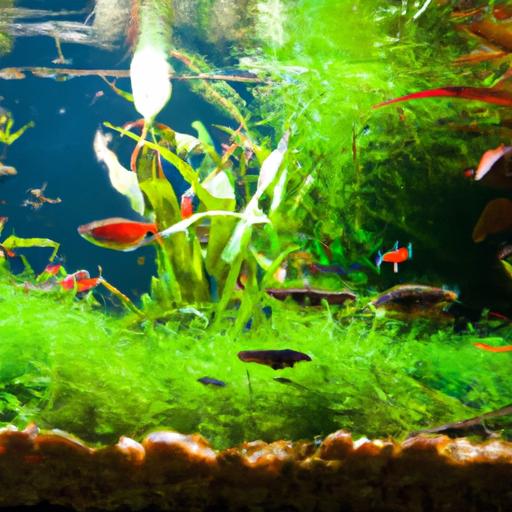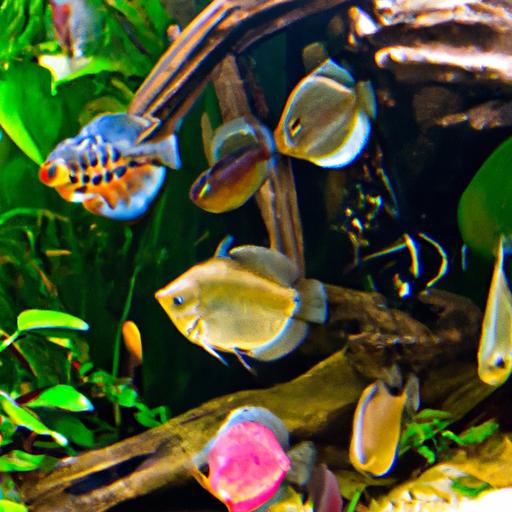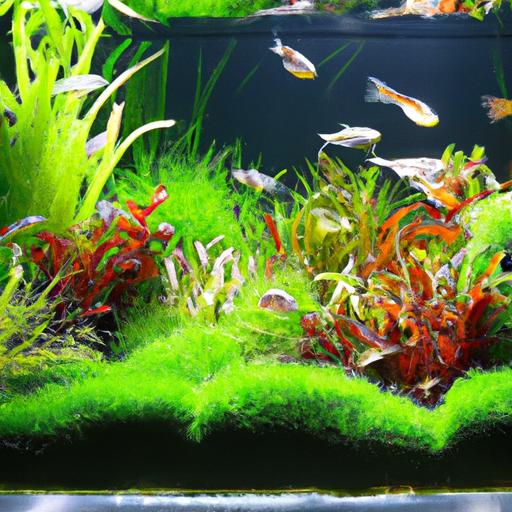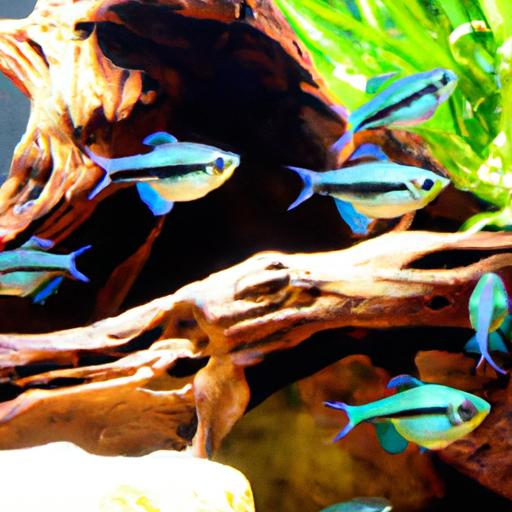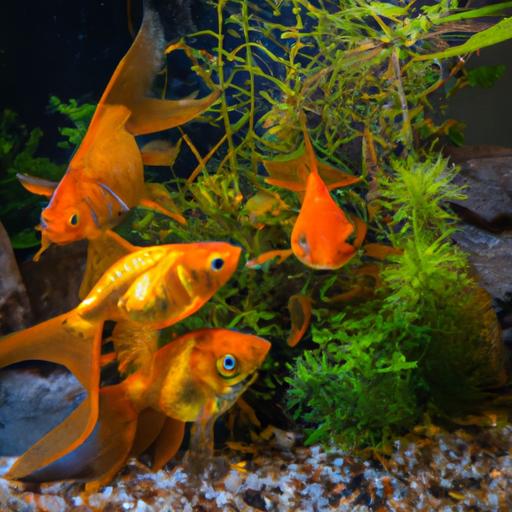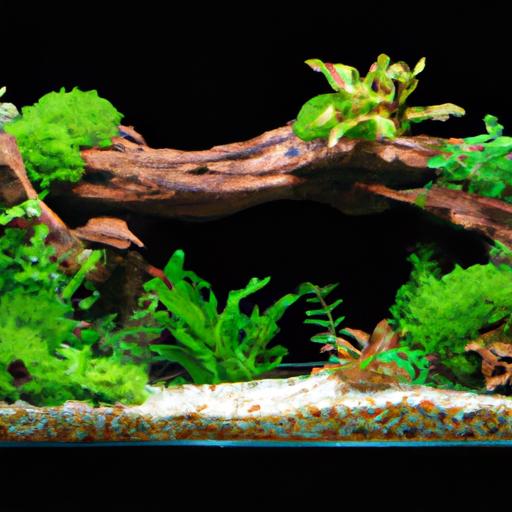
Best Practices for Growing Java Fern Microsorum
Discover the best practices for growing Java Fern Microsorum in your aquarium. Learn about lighting, water quality, and maintenance techniques for thriving plant growth.
Java Fern Microsorum is a popular aquatic plant known for its lush green leaves and easy maintenance. Whether you’re a beginner or an experienced aquarist, understanding the best practices for growing Java Fern Microsorum can help you achieve thriving and vibrant plant growth in your aquarium. In this article, we will explore the essential guidelines and techniques to ensure the successful growth of Java Fern Microsorum.
Introduction to Java Fern Microsorum
Java Fern Microsorum, scientifically known as Microsorum pteropus, is a species of fern native to Southeast Asia. It is a versatile plant that can adapt to various water conditions, making it an excellent choice for both freshwater aquariums and paludariums. With its attractive appearance and low maintenance requirements, Java Fern Microsorum has become a popular choice among aquarists.
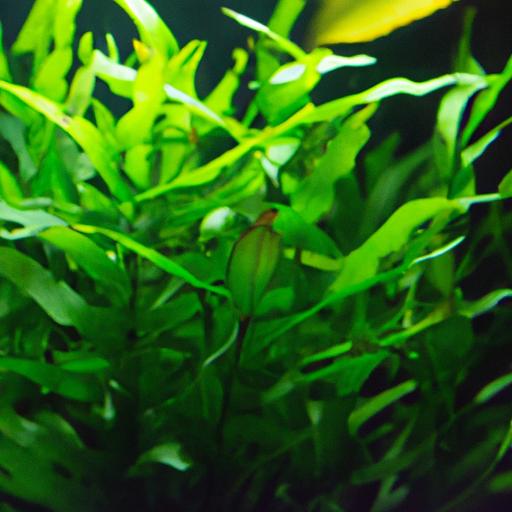
Best Practices for Growing Java Fern Microsorum
To ensure optimal growth and health of your Java Fern Microsorum, it is important to follow some best practices. Let’s delve into the key factors that contribute to successful growth:
Understanding the ideal environment for Java Fern Microsorum
Java Fern Microsorum thrives in a tropical environment with temperatures ranging from 68°F to 82°F (20°C to 28°C). It prefers moderate to low lighting conditions, making it suitable for aquariums with lower light levels or areas shaded by larger plants or decorations. However, it is important to strike a balance, as too little light can result in slower growth.
Proper lighting requirements for optimal growth
While Java Fern Microsorum can tolerate low light conditions, providing the right amount of light is crucial for its growth and development. Use full-spectrum LED lights or fluorescent bulbs designed for aquarium plants to provide the necessary light intensity. Aim for 8 to 10 hours of light per day to simulate natural daylight cycles.
Water quality and temperature considerations
Maintaining good water quality is essential for the health of Java Fern Microsorum. It is a hardy plant that can tolerate a wide range of water parameters, but it thrives in slightly acidic to neutral water with a pH level between 6.0 and 7.5. Keep the water clean by performing regular water changes and monitoring ammonia, nitrite, and nitrate levels.
Additionally, Java Fern Microsorum prefers water with a moderate to high level of hardness. If your water is too soft, consider using additives or remineralizers to achieve the desired hardness.
Maintaining a stable temperature is also crucial for the plant’s growth. Sudden temperature fluctuations can stress the plant, so it is recommended to use a heater and a thermometer to keep the water temperature consistent.
Appropriate substrate and planting techniques
Java Fern Microsorum is an epiphytic plant, meaning it naturally grows attached to rocks, driftwood, or other surfaces. It does not require planting in the substrate like traditional rooted plants. Instead, attach the plant to rocks or driftwood using fishing line or specialized plant glue, ensuring the rhizome is above the substrate.
If you prefer to plant Java Fern Microsorum in the substrate, choose a fine-grained substrate like sand or small-grain gravel. Avoid burying the rhizome as it may rot, leading to plant decay.
Nutrient requirements and fertilization methods
Java Fern Microsorum is not a heavy feeder and can obtain most of its required nutrients from the water column. However, supplementing with liquid fertilizers specifically formulated for aquatic plants can promote healthier growth and vibrant foliage. Ensure the fertilizers you choose contain essential nutrients like nitrogen, phosphorus, and potassium.
It is important to follow the dosage instructions provided by the manufacturer and avoid over-fertilizing, as excessive nutrients can lead to algae growth and harm the plant.
Pruning and maintenance tips for healthy growth
Regular pruning is necessary to maintain the shape and size of Java Fern Microsorum. Remove any yellowing or decaying leaves, as they can become a breeding ground for algae or pathogens. Use clean, sharp scissors or pruning tools to make clean cuts close to the rhizome.
When pruning, be mindful not to remove too many leaves at once, as it can stress the plant. Instead, trim a few leaves at a time, allowing the plant to recover and redirect its energy towards new growth.
FAQ: Common Questions about Growing Java Fern Microsorum
What are the common challenges in growing Java Fern Microsorum?
Java Fern Microsorum is generally a hardy plant, but it may face challenges such as black spots, yellowing leaves, or slow growth. These issues can arise due to factors like inadequate lighting, poor water quality, or nutrient deficiencies. By addressing these factors and following the best practices mentioned above, you can overcome these challenges and ensure healthy plant growth.
How often should I fertilize my Java Fern Microsorum?
The frequency of fertilization depends on various factors, including the size of your aquarium, the number of plants, and the nutrient levels in your water. As a general guideline, it is recommended to fertilize Java Fern Microsorum once or twice a month. Monitor the plant’s growth and adjust the fertilization frequency accordingly.
Can Java Fern Microsorum be grown in a fish tank?
Yes, Java Fern Microsorum is an excellent choice for aquariums. Its hardy nature and low maintenance requirements make it suitable for both beginner and experienced aquarists. The plant also provides additional benefits in fish tanks, such as serving as a natural shelter for small fish and fry, and helping to improve water quality by absorbing nitrates.
How do I propagate Java Fern Microsorum?
Propagating Java Fern Microsorum is relatively easy and can be done through division or rhizome cuttings. When the plant grows larger, it develops daughter plants on its rhizome. Gently separate these daughter plants from the main plant using clean scissors or your hands. Attach the new plants to rocks or driftwood, or plant them in the substrate if desired.
Are there any pests or diseases that affect Java Fern Microsorum?
Java Fern Microsorum is generally resistant to most pests and diseases. However, it can occasionally be affected by algae, snails, or fungal infections. Maintaining good water quality, proper lighting, and avoiding excess nutrients can help prevent these issues. If necessary, you can manually remove any pests or treat the plant with appropriate aquarium-safe remedies.
Conclusion
Growing Java Fern Microsorum can be a rewarding experience, adding beauty and natural appeal to your aquarium. By following the best practices outlined in this article, you can create an ideal environment for the plant’s growth and ensure its long-term health. Remember to provide suitable lighting, maintain good water quality, and practice proper maintenance techniques. With patience and consistency, you will be rewarded with lush, vibrant Java Fern Microsorum in your aquatic haven.
